PTOs connect your gearbox to hydraulic pumps for operating tippers, walking floors and cranes. Matching the right Mercedes PTO to your gearbox ensures optimal performance and prevents premature equipment failure.
Understanding Mercedes gearbox compatibility
PTO fitment depends entirely on your gearbox model rather than the truck series alone. G60-6 gearboxes in Atego models accept standard PTOs and twin-wheel variants, while newer G211-12 units need twin-wheel designs for proper operation.
G56 and G70 gearboxes fitted to Eco 814 and Atego 815/816 models use dedicated PTO designs with different mounting requirements.
Mercedes maintains consistent mounting patterns across similar transmissions, enabling standardised hydraulic system design across mixed fleets.
Related: A quick guide to power take-offs (PTOs)
Standard vs twin-wheel configurations
Standard PTOs operate with 1:1 ratios and deliver around 230 Nm torque capacity for basic applications. These handle daily tipping operations without strain, making them ideal for urban distribution where hydraulic demands remain modest.
Twin-wheel variants generate 265 Nm or more with 1:1.2 ratio configurations suited for higher-demand applications. The dual-gear design distributes load forces more effectively across the gearbox connection points, reducing strain during continuous operation.
Premium clutch-controlled options
Clutch-controlled PTOs reduce wear by allowing engagement only when needed. These premium units deliver industry-leading 531 Nm torque ratings suited for intensive walking floor operations.
Pneumatic engagement systems activate instantly via cab controls with minimal power loss. Your hydraulic system runs more efficiently with these units as they maintain optimal operating temperatures during extended use periods.
Actros and heavy-duty applications
Actros, Axor, and Arocs models with 12-speed and 16-speed transmissions require purpose-built PTOs. With proper ECU integration, these units can handle Euro 6 emission standards.
G180-12 and related transmissions accept rear-mounted units with pneumatic control systems. The mounting positions maintain proper clearance even with limited chassis space, enabling integration with existing hydraulic pump arrangements.
Installation considerations
PTO kits include mounting gaskets and fixtures for proper sealing during installation. Pneumatic control systems connect to vehicle air supplies and additional solenoid valves are necessary for automated operation.
Torque limitations must be matched to your intended application, with clutch-type PTOs recommended rather than standard variants for continuous high-load operations.
Compatible pumps and accessories
Your PTO performs when matched with appropriate hydraulic pumps. G60-6 compatible units work well with 27L and 34L gear pumps featuring 3-bolt UNI mounts, while G211 applications need 4-bolt ISO configurations.
Cab controls, pneumatic solenoid valves, and confirmation switches create proper system integration. Axis pumps paired with twin-wheel clutch PTOs benefit high-demand applications, providing optimal flow rates even under sustained load.
Further reading: How much do hydraulic wet kits cost in 2025?






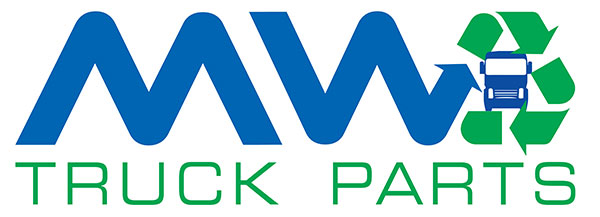

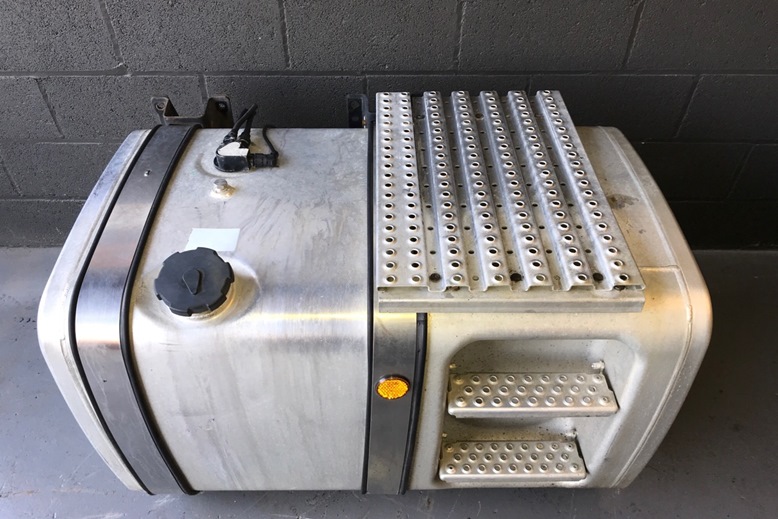

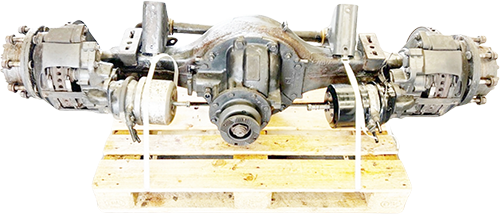
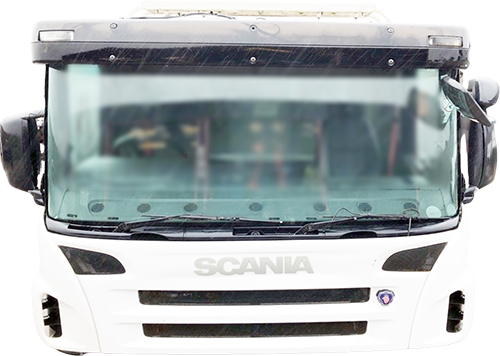
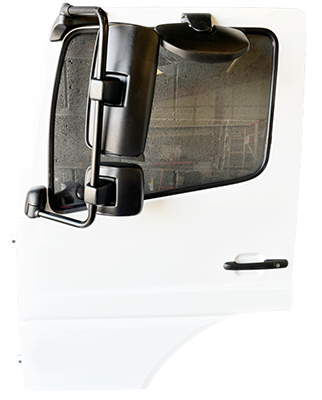
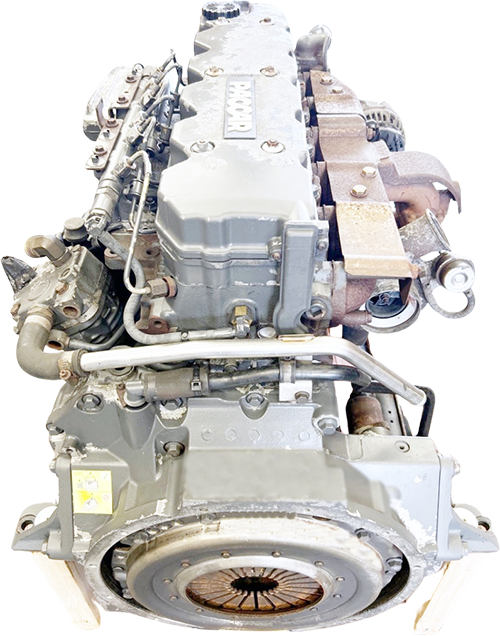

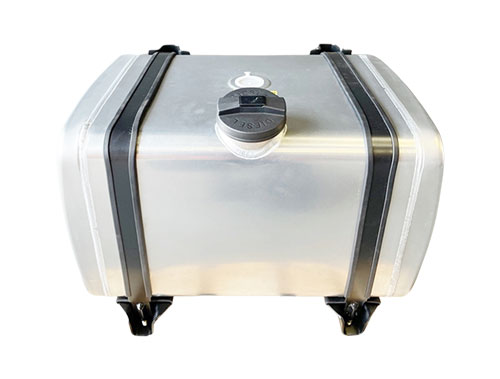
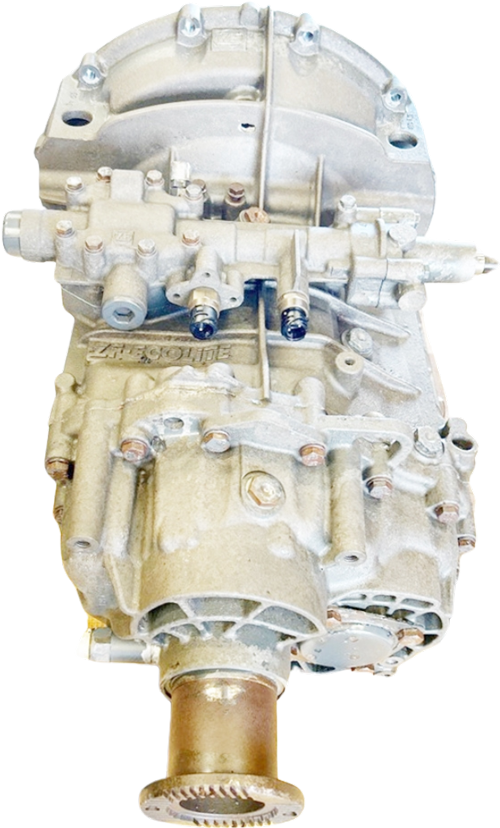

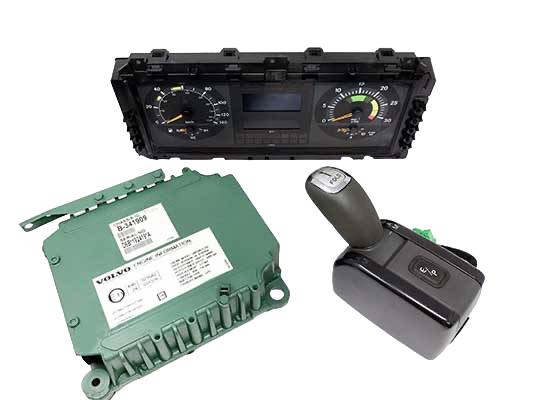
[…] A guide to Mercedes PTOs […]